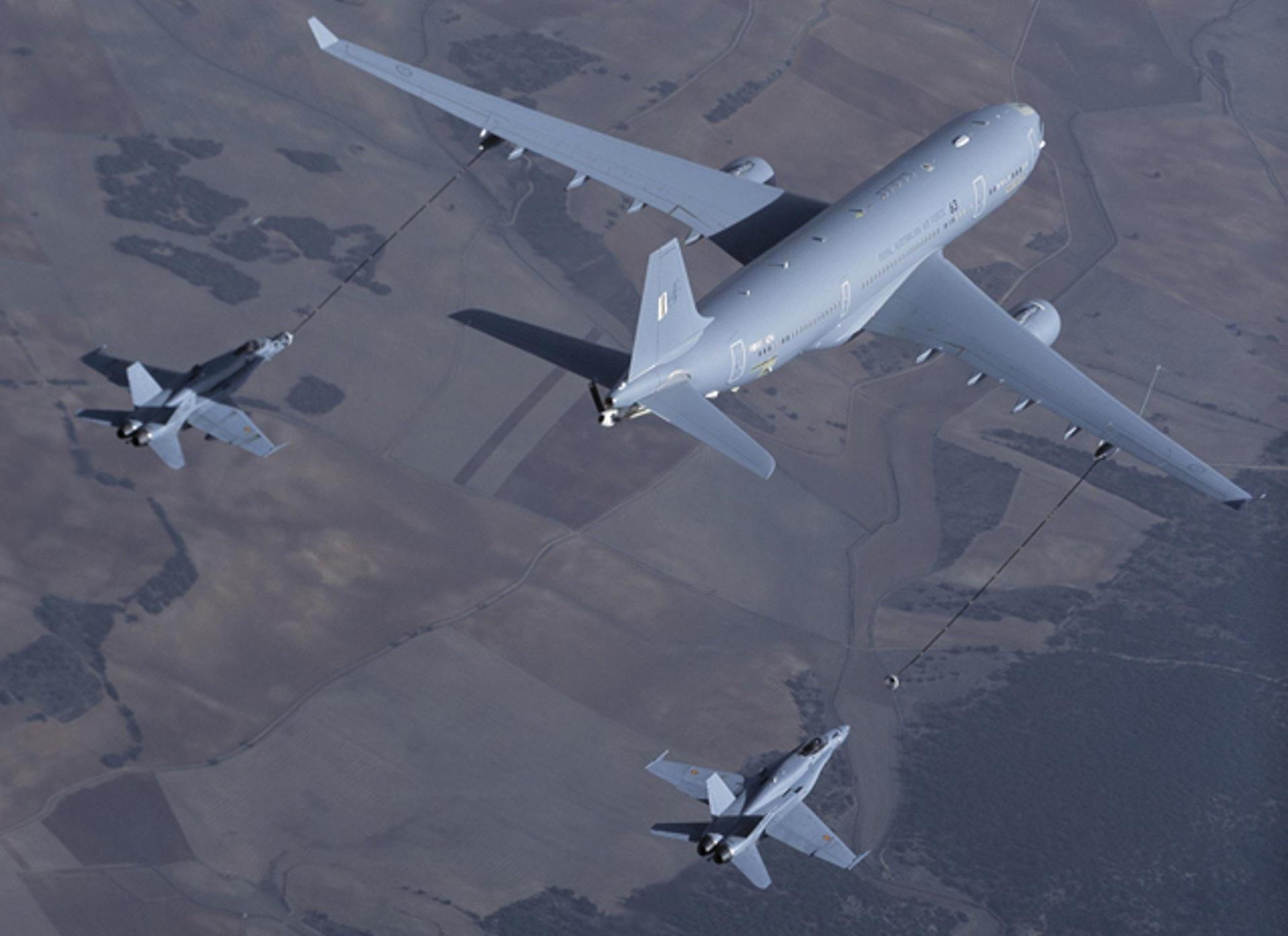The European Defence Agency (EDA) has kicked-off a new research project, led by Spain and in collaboration with Germany, to develop an automatic air-to-air refuelling (A3R) operation with the hose and drogue system. The two-year EDA project which has a budget of €4 million, will involve an industry consortium of Airbus Defence and Space (Spain and Germany), GMV, the German Aerospace Center (DLR) and AES Technology (Germany). A limited number of flight tests will be carried out in 2024 with an Airbus A330 MRTT tanker and Tornado aircraft provided by the two participating countries. Air-to-Air Refuelling (AAR) is one of the main pillars of air mobility and a key force multiplier. AAR is an operation that demands tanker and receiver pilots operate in close formation, flying in variable flight conditions, during the day or at night and performing high precision manoeuvres to achieve the contact.
Although nowadays the success rate of the hose and drogue contacts is high, the impact of unsuccessful contact is significant, often resulting in mission cancellations, damage to assets and hindering operational effectiveness. In view of maximising its operation effectiveness, introducing innovative automation features to the AAR systems will provide new ways to better assist the aircraft during this operation and will increase the success rate of AAR missions. The feasibility of greater AAR automation has already been shown by Airbus when achieving a fully automatic contact with the boom system in 2020, and recent certification in 2022 of a fully automatic boom. Launching research into the hose and drogue system will prepare air-to-air refuelling tankers, such as A330 MRTT, A400M or C295, to cope with more demanding operations and be ready for the next generation of unmanned platforms.
The first phase of the project is focused on the technology trade-off, which will be needed to perform the future automation of the operation, such as the levels of automation or assistance to be implemented for manned and/or unmanned platforms. A simulation environment will be developed to evaluate the optimum trajectory of the receiver aircraft towards the drogue, analysing the interaction between them. Technology gaps have already been identified around the data/communication link needed between the tanker and the receiver aircraft and how factors such as latency, integrity or accuracy of the data could affect it. The technologies will also be evaluated, prototyped and tested in real scenarios such as flight test. This will allow the proper identification and tracking of the hose and drogue system and the receiver aircraft. The technical gaps to be addressed will include sensors, computing capability and suitability in all weather conditions.
